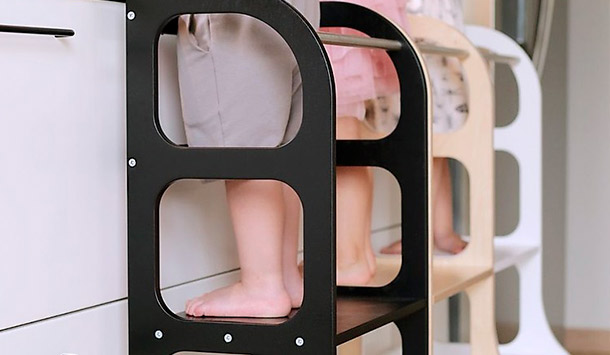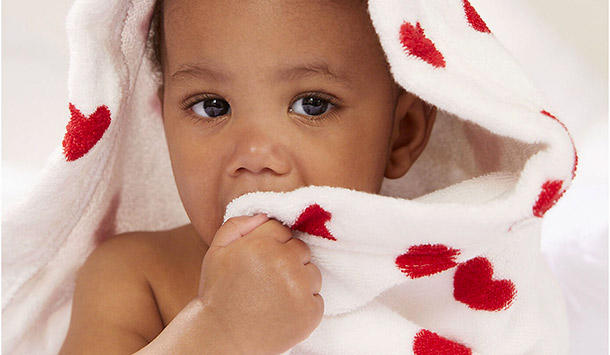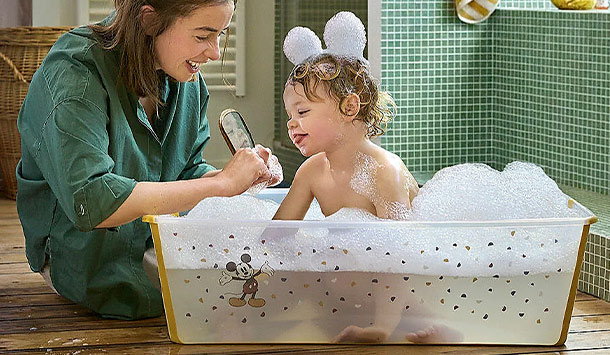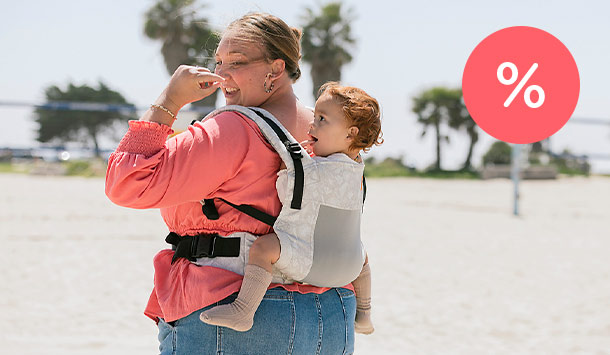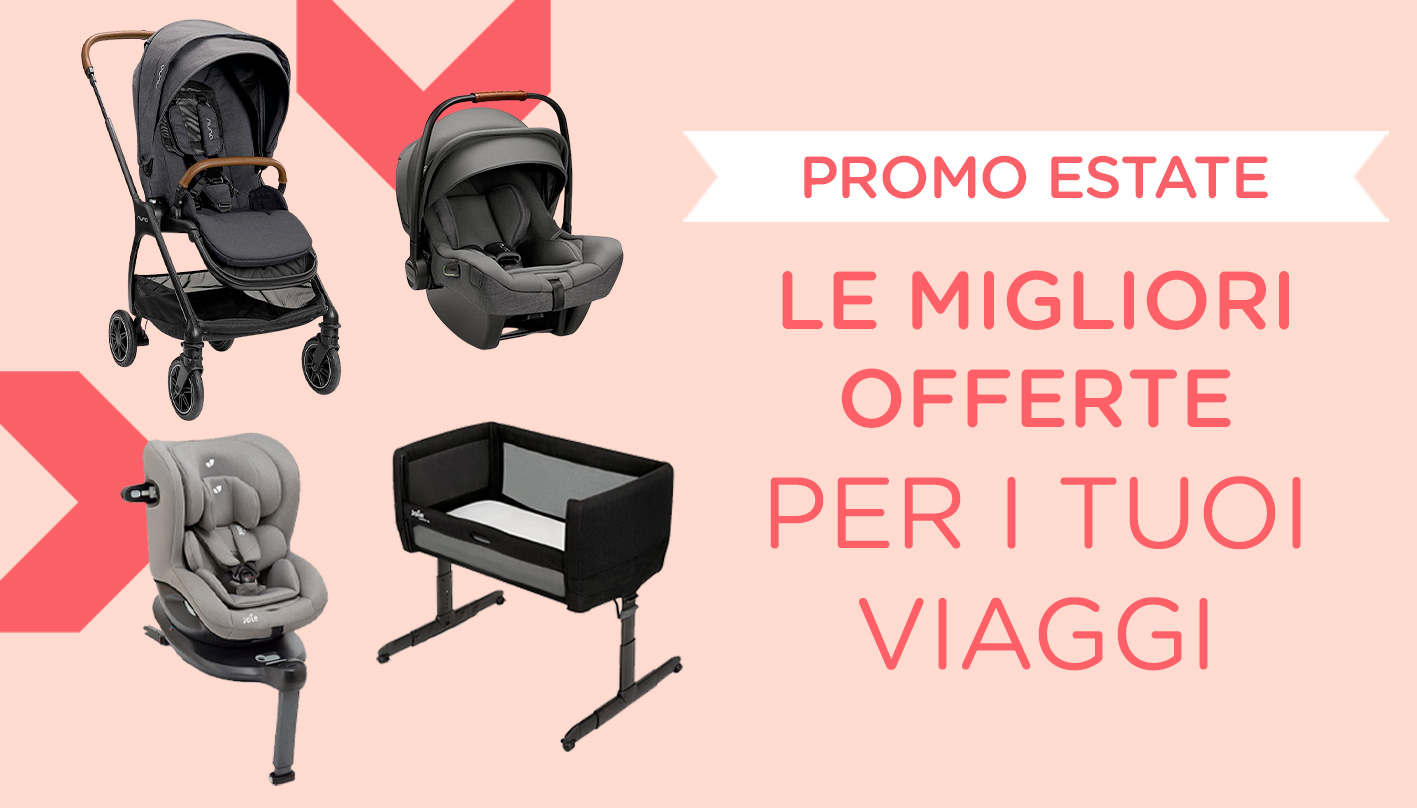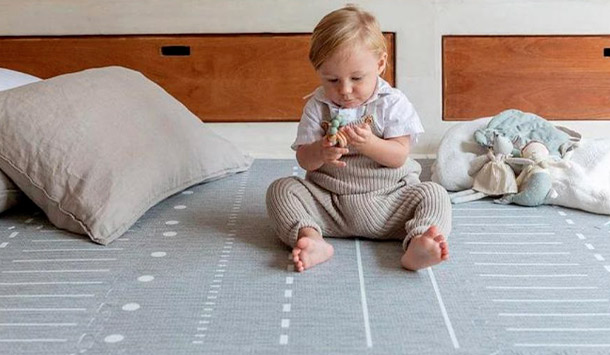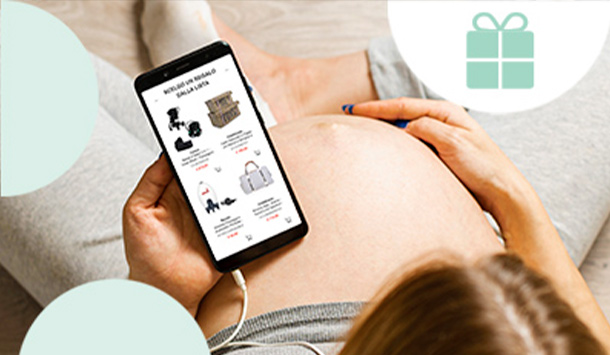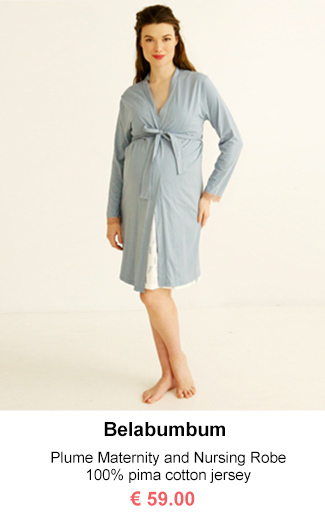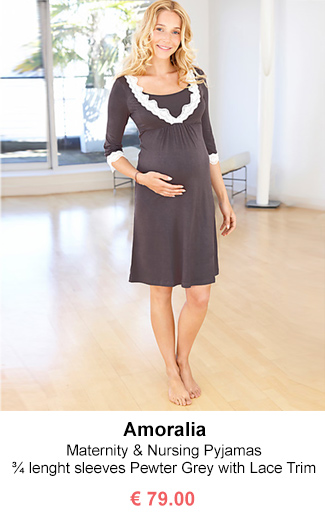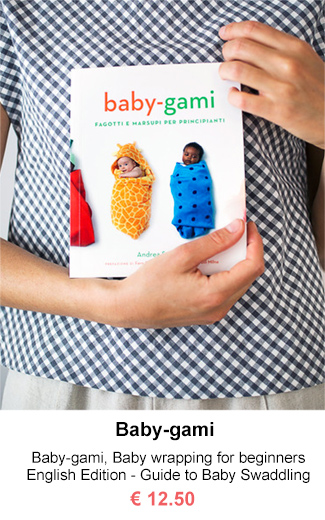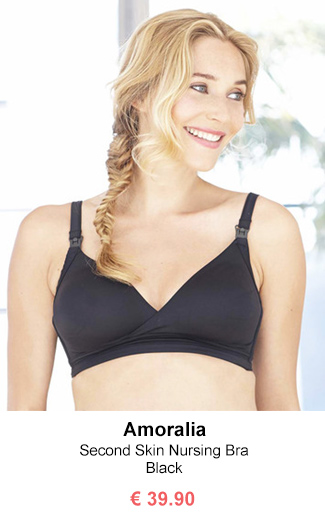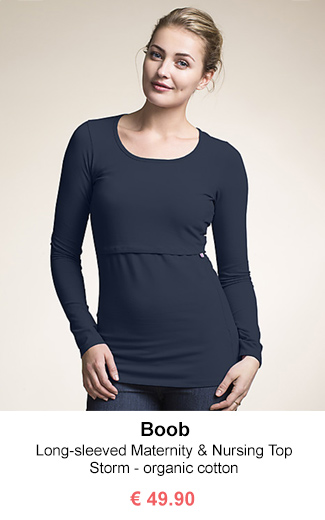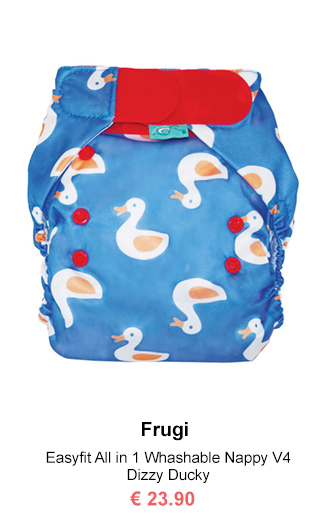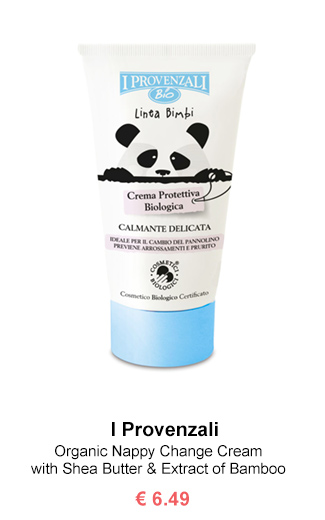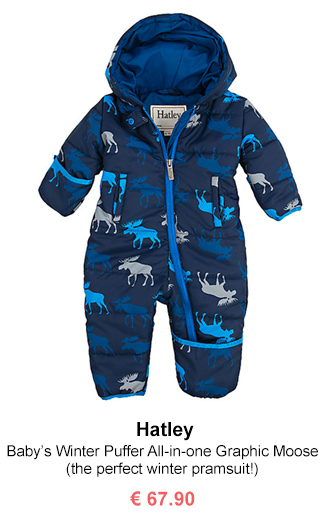What to pack in your hospital bag
So the big day is approaching. The nursery is decked out wall to wall in bunting, the wardrobe is bursting to the brims with colourful gifts and you’ve finally gotten the hang of your new stroller.
But there’s just one (very important) thing left to do. The hospital bag.
It’s generally advised that expectant Mums should prepare their hospital bag anywhere between 33 – 38 weeks before their due date. We think it’s always best to err on the side of caution; the last thing you want when your little one decides to make an early appearance is a desperate scrabble for all your labour essentials. Save the stress and have your precious cargo ready to go a good 7 weeks in advance.
And whilst some things you cannot predict, it’s easy to make yourself as prepared as possible. As space can often be an issue on labour and prenatal wards, have a spare bag ready to go at home should you need to stay in hospital longer than expected. Fill it with extras of everything so that your birthing partner can bring it to you with ease if the situation arises.
If you’re unsure of how you’re going to feed your child, check to see what sort of support the hospital provides for breastfeeding: for example, are they able to rent out breast pumps in case you need to use one? Will they be able to give guidance throughout the process? If you decide not to breastfeed then see whether they will also supply formula and bottles (if not, it could be worth having some to hand if the situation does arise). Bear in mind that whilst many hospitals will supply these items, often you will be required to bring in your own steriliser. Even if you are planning on breastfeeding, you should always double-check just in case your baby has issues latching on. You can also confirm whether there are any specific items your hospital ward requires you to bring. Cover all bases and make your life a lot easier!
Packing for labour:
- Hospital notes and your birth plan – Keep them all together in a handy folder for easy access
- Dressing gown – During early labour, it’s likely you’ll be pottering around the corridors a fair bit. Pack a lightweight gown (hospital wards tend to be quite warm, so nothing to thick) to slip on whenever needed. This will also come in handy during any postnatal stays. Pick one with a dark or strong pattern to hide any inevitable stains.
- Backless slippers – Again, you’ll want something you can easily slip into with minimal effort. Pre and post labour, you will be in no state to be bending down to pull on shoes or tie up laces. Backless slippers are also a lot looser on your feet (which can become swollen in the later stages of pregnancy).
- Socks – Avoid chilly feet whilst giving birth!
- A loose and comfy birthing outfit – You’ll want something light to wear during labour. Nothing too hot or restricting. Nightgowns are ideal particularly for those having caesareans, as they won’t rub on your scar. In general, they also tend to be more softly fitted.
- Lip balm – Warm wards can dry out your mouth, so save yourself an added pain by packing some balm or chap stick.
- Snacks and drinks – Don’t rely on the vending machine! Pack a selection of food and drink for both you and your birthing partner. Products that can extend your energy are recommended, and many Mums take glucose tablets to keep them going.
- Toiletries bag – Don’t pack anything you don’t need. Keep it simple with deodorant, toothbrush and paste, hairbrush, face wipes and moisturiser. Here it’s also worth chucking in some hairbands and grips (you might be glad to pull your hair from your face during labour) and a water spray to cool you throughout the birth.
- Entertainment – Labour can be a long process. Don’t forget to include a few different items to keep distracted during the wait.
- Phone and charger – In a tech savvy world, it’s likely you’ll want to snap some photos of your new bundle of joy to send straight to your family. Pack your phone (and importantly, charger!) so you can share the good news as soon as you’re ready.
- Camera / video camera – It can be helpful to also bring a camera or video camera, especially if the quality of your phone isn’t quite up to scratch. If it’s a new camera, make sure you or your partner have given it a test drive in advance. You’re going to want to capture every moment of this unforgettable day!
What's needed for post birth:
- Nursing bras – Even if you aren’t breastfeeding, you’re going to need comfortable and supportive bras after birth. Remember, not only are your breasts going to be much bigger, they are going to be far more sensitive. Pack 3 / 4 to be on the safe side, with spares kept in a separate bag. If you are planning on breastfeeding, it’s also worth bringing nipple cream to help soothe any new pains.
- Breast pads – As before, even if you’re not breastfeeding, these will be a godsend. You’ll need these to stop leakage, so put in a few packs. If you are planning to use eco washable ones when home, it’s still worth bringing in disposables for the hospital. It’ll make your life a lot easier!
- Nighties or t-shirts – Whatever you feel most comfortable in, include it for post labour ward wear. If you hope to breastfeed, choose something with a front opening or a stretchy / double layer bust.
- Maternity pads – These tend to be larger and more absorbent than sanitary towels, as well as more comfortable. You’re going to need a few packs as you’re probably going to be changing your pad once every few hours.
- Loose or disposable pants – This is particularly important if you’ve had a caesarean, as you won’t want anything adding pressure to your scar. Cotton, high-rise briefs are ideal, or you can pick up a throwaway pack.
- Even more toiletries – It’s very likely that you’re going to be pining after a shower following the birth. Decant some unscented (you’re going to feel particularly sensitive after birth) shower gel and shampoo into smaller bottles, bring a soft towel and prepare yourself for the ultimate luxury. It’s also useful to throw in tissues and cotton wool… there’s always something to clean up!
- Going home clothes – Pick something that is comfy and loose, with a waistband that won’t be sat awkwardly on your tummy. It’s going to take a while for your bump to go down, so it’s worth sticking to maternity clothes for the time being.
- Makeup – If you want to freshen up for visitors or photos, you can always pack a few items of makeup for a quick spruce up.
- EXTRA ITEMS IN CASE OF BREASTFEEDING PROBLEMS – Breasts can go from perfectly fine to awful pain in just 24 hours when starting to breastfeed. Nipple cream that can double as a lip balm is a lifesaver, whilst silver nipple covers and nursing cups will really help ease discomfort further still. Whilst you won’t necessarily need them (so spare your main hospital bag space by not packing them), it’s good to know how to grab these products… and fast!
Baby essentials:
- Nappies and nappy cream – And so it begins! Expect to change your baby’s nappy as many as 12 times a day… so be sure to pack enough! Check that they are made for newborns, and keep some premature ones handy in a spare bag just in case you have an early surprise.
- Sleeping suits – At least 3 – 4 in a range of sizes is a good bet, but be sure to have some stored in an extra bag should you need them. Soft organic cotton for their sensitive skin and a button down front is always a safe option.
- Baby vests – Keep 3 – 4 in your main bag and a few spares on hand in your back up one.
- Scratch mittens – Your baby’s skin will be super delicate in these early stages, so bring a pair of mittens to stop them nicking themselves with their tiny nails.
- Socks or booties – Socks are more likely to stay on their feet (rather than ending up on the other side of the cot), but booties are also great for keeping their toes toasty.
- Muslin squares / Swaddle – To clean up any milk your baby brings up during feeding. Choose one made from 100% cotton so it can also stand in as a comforter for their skin. A swaddle can also be used as a lightweight blanket when your newborn needs just a touch more warmth.
- Baby blanket – Although the wards will be warm, it’s always best to pack a nice blanket to wrap them up in. You can also use this to keep them snug as a bug on the drive home.
- Baby hat and cardigan – You’ll want to keep your little poppet comfortably warm at all times, so bring a few more options to pop over their vests or sleep suits should they start to feel the cold at all whilst in the hospital. You’ll also want a few extra layers for the trip home. For winter babies this is especially important, and you could consider bringing a jacket or snowsuit.
- Car seat – Perhaps the most important one of all… because you won’t be going anywhere without one! Be sure to check it a few times before the big arrival and familiarise yourself with its mechanisms.
Now your bag is organised and waiting, set it in one safe place ready for the word go! Keep a few items aside for your birthing partner (should they need to stay over in the ward with you) and prepare yourself for the beautiful day – good luck!
















